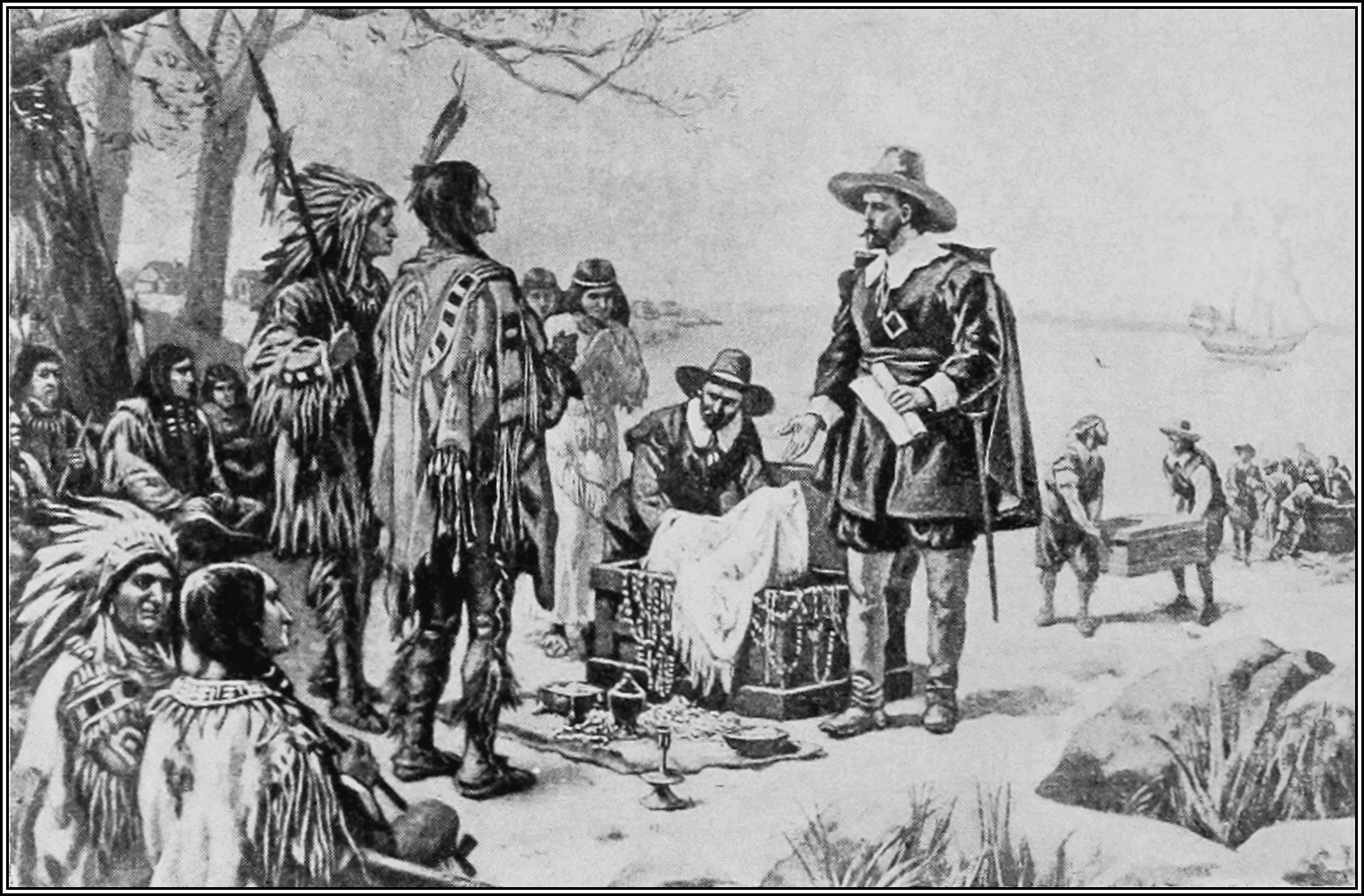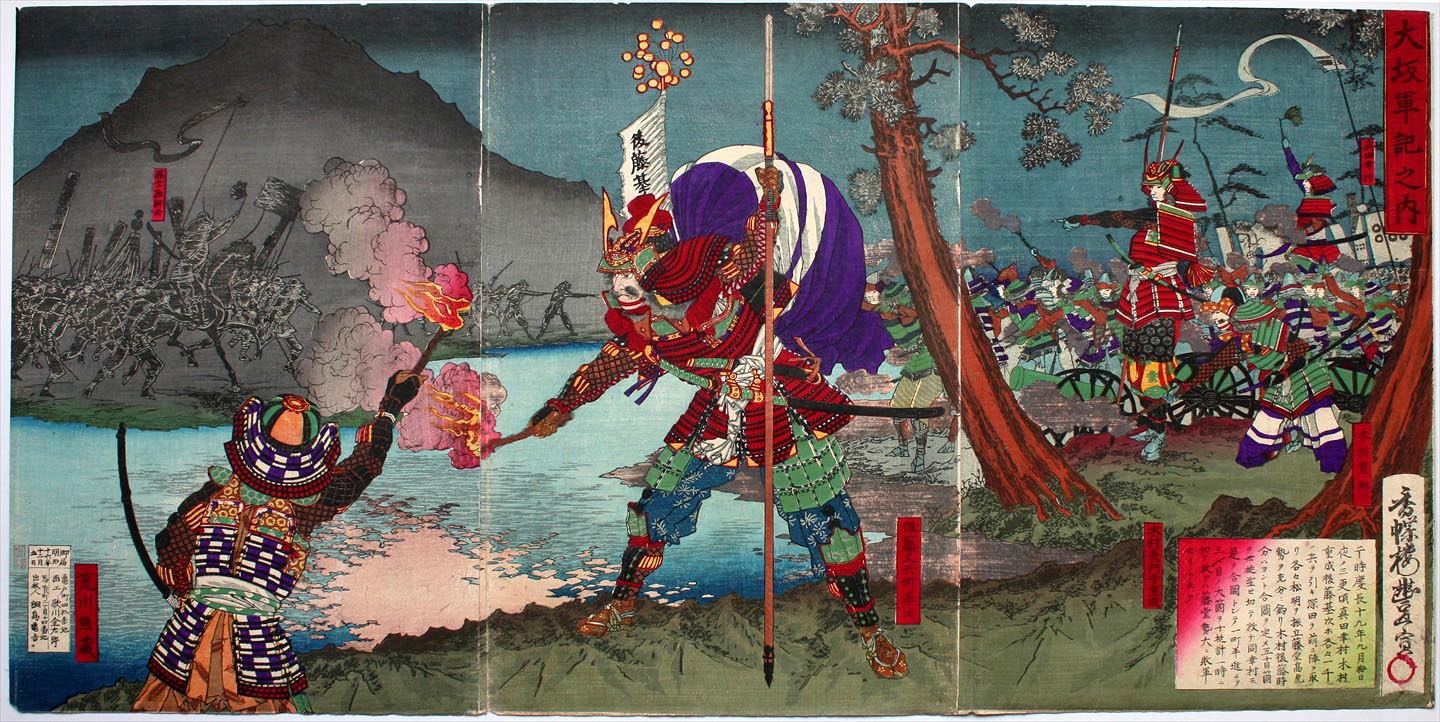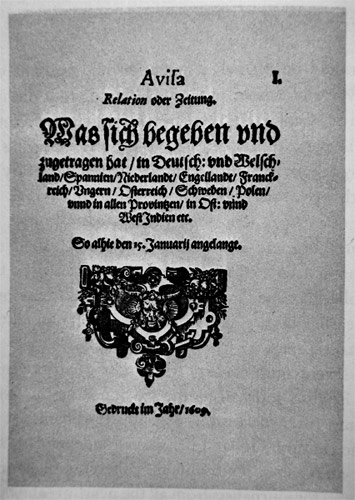|
Common Year Starting On Thursday
A common year starting on Thursday is any non-leap year (i.e. a year with 365 days) that begins on Thursday, 1 January, and ends on Thursday, 31 December. Its dominical letter hence is D. The most recent year of such kind was 2015, and the next one will be 2026 in the Gregorian calendar or, likewise, 2021 and 2027 in the obsolete Julian calendar, see below for more. This is the only common year with three occurrences of Friday the 13th: those three in this common year occur in February, March, and November. Leap years starting on Sunday share this characteristic, for the months January, April and July. From February until March in this type of year is also the shortest period (one month) that runs between two instances of Friday the 13th. Additionally, this is the one of only two types of years overall where a rectangular February is possible, in places where Sunday is considered to be the first day of the week. Common years starting on Friday share this characteristic ... [...More Info...] [...Related Items...] OR: [Wikipedia] [Google] [Baidu] |
Leap Year
A leap year (also known as an intercalary year or bissextile year) is a calendar year that contains an additional day (or, in the case of a lunisolar calendar, a month) compared to a common year. The 366th day (or 13th month) is added to keep the calendar year synchronised with the astronomical year or seasonal year. Since astronomical events and seasons do not repeat in a Natural number, whole number of days, calendars having a constant number of days each year will unavoidably drift over time with respect to the event that the year is supposed to track, such as seasons. By inserting ("Intercalation (timekeeping), intercalating") an additional day—a leap day—or month—a leap month—into some years, the drift between a civilization's dating system and the physical properties of the Solar System can be corrected. An astronomical year lasts slightly less than 365 days. The historic Julian calendar has three common years of 365 days followed by a leap year of 366&nb ... [...More Info...] [...Related Items...] OR: [Wikipedia] [Google] [Baidu] |
Perfect Month
A perfect month or a rectangular month designates a month whose number of days is divisible by the number of days in a week and whose first day corresponds to the first day of the week. This causes the arrangement of the days of the month to resemble a rectangle. In the Gregorian calendar, this arrangement can only occur for the month of February. Constraints To satisfy such an arrangement in the Gregorian calendar, the number of days in the month must be divisible by seven. Only the month of February of a common year can meet this constraint as the month has 28 days, a multiple of 7. For a February to be a perfect month, the month must start on the first day of the week (usually considered to be Sunday or Monday). For Sunday-first calendars, this means that the year must start on a Thursday, and for Monday-first calendars, the year must start on a Friday. It must also occur in a common year, as the phenomenon does not occur when February has 29 days. Occurrence In the Gregor ... [...More Info...] [...Related Items...] OR: [Wikipedia] [Google] [Baidu] |
1637
Events January–March * January 5 – Pierre Corneille's tragicomedy '' Le Cid'' is first performed, in Paris, France. * January 16 – The siege of Nagpur ends in the modern-day Maharashtra state of India, as Kok Shah, the King of Deogarh, surrenders his kingdom to the Mughal Empire. * January 23 – John Maurice, Prince of Nassau-Siegen arrives from the Netherlands to become the Governor of Dutch Brazil, and extends the range of the colony over the next six years. * January 28 – Qing invasion of Joseon: The Manchu armies of China complete their invasion of northern Korea with the surrender of King Injo of the Joseon Kingdom. * February 3 – Tulip mania collapses in the Dutch Republic. * February 15 – Ferdinand III becomes Holy Roman Emperor upon the death of his father, Ferdinand II, although his formal coronation does not take place until later in the year. * February 18 – Eighty Years' War: Battle off Lizard Point – Of ... [...More Info...] [...Related Items...] OR: [Wikipedia] [Google] [Baidu] |
1626
Events January–March * January 7 – Polish–Swedish War (1625–1629), Polish-Swedish War: Battle of Wallhof in Latvia – Gustavus Adolphus, King of Sweden, defeats a Polish army. * January 9 – Peter Minuit sails from Texel Island for America's New Netherland colony, with two ships of Dutch emigrants. * February 2 – King Charles I of England is crowned, but without his wife, Henrietta Maria, who declines to participate in a non-Catholic ceremony. * February 5 – The Huguenot rebels and the French government sign the Treaty of Paris (1626), Treaty of Paris, ending the second Huguenot rebellion. * February 10 – Battle of Ningyuan: In Xingcheng in China, after an 8-day battle, Ming dynasty commander Yuan Chonghuan defeats the much larger force of Manchu people, Manchu leader Nurhaci, who dies soon after and is succeeded by Huang Taiji. * February 11 – Emperor Susenyos of Ethiopia and Patriarch Afonso Mendes declare the primacy ... [...More Info...] [...Related Items...] OR: [Wikipedia] [Google] [Baidu] |
1615
Events January–March * January 1 – The New Netherland Company is granted a three-year monopoly in North American trade, between the 40th and 45th parallels. * January 30 – Japan's diplomatic mission to Europe, led by Hasekura Tsunenaga, meets with King Philip III of Spain at Madrid and presents an offer of a treaty. * February 2 – Sir Thomas Roe sets out to become the first ambassador from the court of the King of England to the Mughal Emperor Jahangir, departing from Tilbury Hope on the ship ''Lyon'' under the command of captain Christopher Newport. * February 17 – Japan's envoy to Europe, Hasekura Tsunenaga, receives a Christian baptism by the royal chaplain, Diego de Guzmán, and receives the European name Felipe Francisco Hasekura. * March 10 – John Ogilvie, a Jesuit priest, is hanged and drawn at Glasgow Cross in Scotland for refusing to pledge allegiance to King James VI of Scotland; he will be canonised in 1976, becoming ... [...More Info...] [...Related Items...] OR: [Wikipedia] [Google] [Baidu] |
1609
Events January–March * January 12 – The Basque witch trials are started in Spain as the court of the Spanish Inquisition, Inquisition at Logroño receives a letter from the commissioner of the village of Zugarramurdi, and orders the arrest of four women, including María de Jureteguía and María Chipía de Barrenetxea. * January 15 – One of the world's first newspapers, ''Avisa Relation oder Zeitung'', begins publication in Wolfenbüttel (Holy Roman Empire). * January 31 – The Bank of Amsterdam is established. * February 4 – The last day of Keichō, Keichō 慶長 13 (according to the Japanese calendar, Japanese lunar calendar). * March 11 – The Swedish Army, under the command of General Jacob De la Gardie, begins marching east from Vyborg (at this time, part of the Swedish Empire, modern-day Russia) in order to defend the Russian Empire against the Polish-Lithuanian Commonwealth in the course of the Polish–Muscovite War (1605– ... [...More Info...] [...Related Items...] OR: [Wikipedia] [Google] [Baidu] |
17th Century
The 17th century lasted from January 1, 1601 (represented by the Roman numerals MDCI), to December 31, 1700 (MDCC). It falls into the early modern period of Europe and in that continent (whose impact on the world was increasing) was characterized by the Baroque cultural movement, the latter part of the Spanish Golden Age, the Dutch Golden Age, the French ''Grand Siècle'' dominated by Louis XIV, the Scientific Revolution, the world's first public company and megacorporation known as the Dutch East India Company, and according to some historians, the General Crisis. From the mid-17th century, European politics were increasingly dominated by the Kingdom of France of Louis XIV, where royal power was solidified domestically in the civil war of the Fronde. The semi-feudal territorial French nobility was weakened and subjugated to the power of an absolute monarchy through the reinvention of the Palace of Versailles from a hunting lodge to a gilded prison, in which a greatly expanded ro ... [...More Info...] [...Related Items...] OR: [Wikipedia] [Google] [Baidu] |
1598
Events January–March * January 8 – In Berlin, Joachim Frederich of the House of Hohenzollern becomes the new Elector of Brandenburg upon the death of his father, Johann Georg von Brandenburg. * January 17 – The Tsar of the Russian Empire, Feodor I, dies of a sudden illness at the age of 40, leaving no children and bringing an end to the Rurik dynasty. His widow, Irina Godunova, takes action to secure the throne but her rule lasts for only nine days. * January 26 – After receiving no support from the Russian nobles, the Tsaritsa Irina Godunova abandons her brief rule as autocrat of Russia, and abdicates in favor of her older brother, Boris Godunov. * January 29 – In what is now South Korea, a force of 50,000 troops of the Korean kingdom of Joseon and Chinese Ming dynasty troops begins the siege of Ulsan, a Japanese-controlled castle located in the southwest port of Ulsan on the Sea of Japan. * January 30 – In Italy Cesare d'Este moves the capital of ... [...More Info...] [...Related Items...] OR: [Wikipedia] [Google] [Baidu] |
1587
Events January–March * January 7 – Sir Walter Raleigh appoints John White to be the Governor of the Roanoke Colony, to be established later in the year by English colonists on Roanoke Island off the coast of what is now the U.S. state of North Carolina.Andrew Lawler, '' The Secret Token: Myth, Obsession, and the Search for the Lost Colony of Roanoke'' (Doubleday, 2018) pp.90, 181-182 White and 121 other colonists depart from Portsmouth on three ships on May 8 and arrive at Croatoan Island on July 22. * January 14 – In Japan, Chancellor of the Realm Toyotomi Hideyoshi ends Portugal's control of the port of Nagasaki after six years. Omura Sumitada had leased the fishing village to Portuguese Jesuits on August 15, 1580. * February 5 – (1st waxing of Tabaung 948 ME) King Nanda of Burma appoints his eldest son and heir apparent, Minye Kyawswa II, as Viceroy of Ava, now part of upper Burma, with a capital at Inwa (located in what is now the Mandalay ... [...More Info...] [...Related Items...] OR: [Wikipedia] [Google] [Baidu] |
16th Century
The 16th century began with the Julian calendar, Julian year 1501 (represented by the Roman numerals MDI) and ended with either the Julian or the Gregorian calendar, Gregorian year 1600 (MDC), depending on the reckoning used (the Gregorian calendar introduced a lapse of 10 days in October 1582). The Renaissance in Italy and Europe saw the emergence of important artists, authors and scientists, and led to the foundation of important subjects which include accounting and political science. Copernicus proposed the Copernican heliocentrism, heliocentric universe, which was met with strong resistance, and Tycho Brahe refuted the theory of celestial spheres through observational measurement of the SN 1572, 1572 appearance of a Milky Way supernova. These events directly challenged the long-held notion of an immutable universe supported by Ptolemy and Aristotle, and led to major revolutions in astronomy and science. Galileo Galilei became a champion of the new sciences, invented the first ... [...More Info...] [...Related Items...] OR: [Wikipedia] [Google] [Baidu] |
Common Year Starting On Tuesday
A common year starting on Tuesday is any non-leap year (i.e. a year with 365 days) that begins on Tuesday, 1 January, and ends on Tuesday, 31 December. Its dominical letter hence is F. The most recent year of such kind was 2019, and the next one will be 2030, or, likewise, 2025 and 2031 in the obsolete Julian calendar, see #Applicable years, below for more. Any common year that starts on Tuesday has two Friday the 13ths: those two in this common year September 13, occur in September and December 13, December. Leap year starting on Monday, Leap years starting on Monday share this characteristic. From July of the year preceding this year until September in this type of year is the longest period (14 months) that occurs without a Friday the 13th. leap year starting on Saturday, Leap years starting on Saturday share this characteristic, from August of the common year starting on Friday, common year that precedes it to October in that type of year. This year has three months (June, Sept ... [...More Info...] [...Related Items...] OR: [Wikipedia] [Google] [Baidu] |
ISO Week Date
The ISO week date system is effectively a leap week calendar system that is part of the ISO 8601 date and time standard issued by the International Organization for Standardization (ISO) since 1988 (last revised in 2019) and, before that, it was defined in ISO (R) 2015 since 1971. It is used (mainly) in government and business for fiscal years, as well as in timekeeping. This was previously known as "Industrial date coding". The system specifies a ''week year'' atop the Gregorian calendar by defining a notation for ordinal weeks of the year. The Gregorian leap cycle, which has 97 leap days spread across 400 years, contains a whole number of weeks (). In every cycle there are 71 years with an additional 53rd week (corresponding to the Gregorian years that contain 53 Thursdays). An average year is exactly 52.1775 weeks long; months ( year) average at exactly 4.348125 weeks/month. An ISO week-numbering year (also called ''ISO year'' informally) has 52 or 53 full weeks. That is 3 ... [...More Info...] [...Related Items...] OR: [Wikipedia] [Google] [Baidu] |








